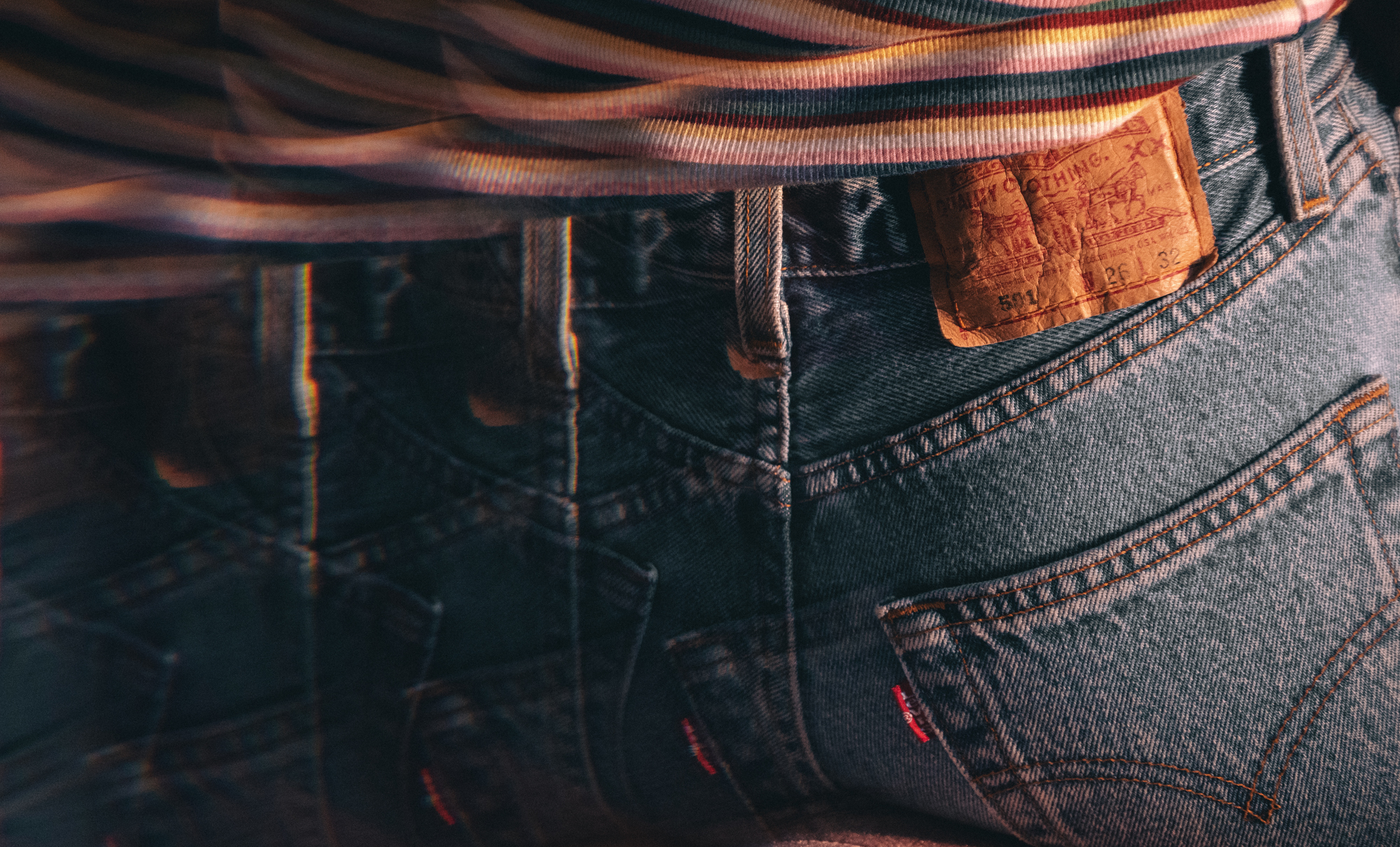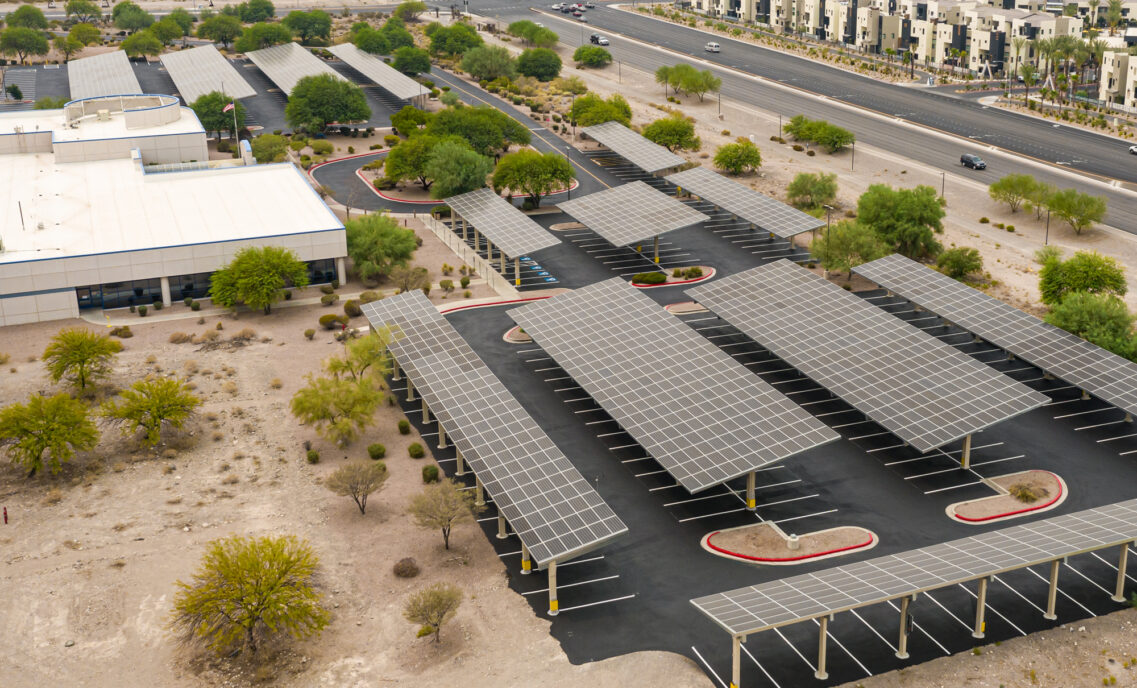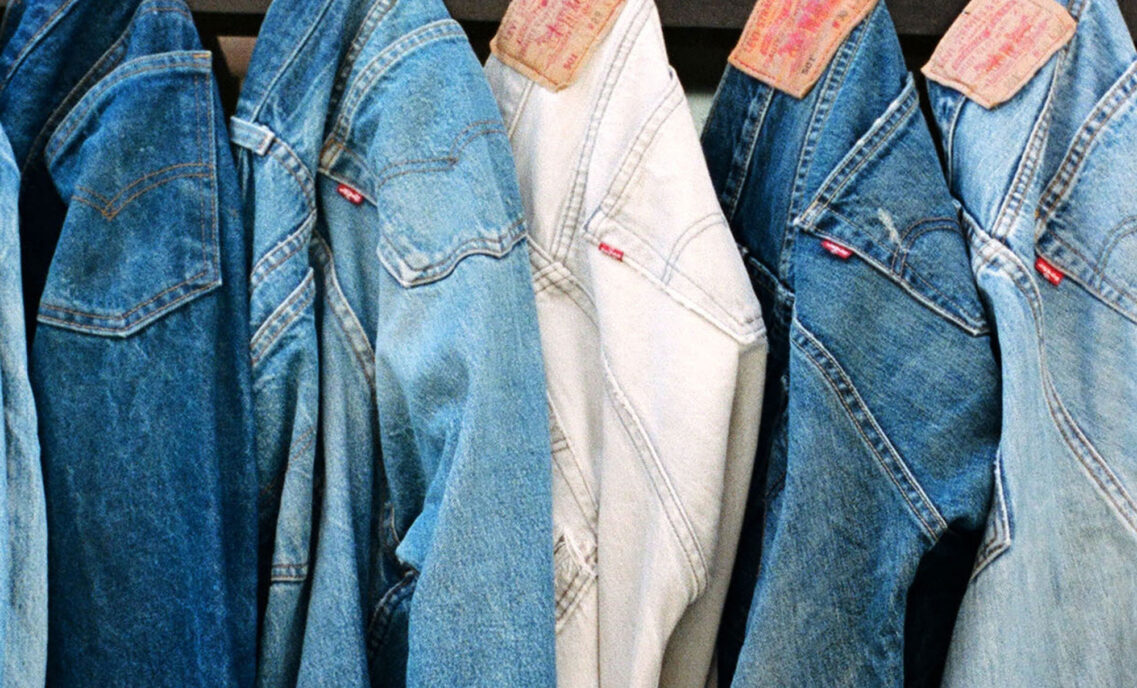Editor’s Note: The following essay was originally published by Chief Sustainability Officer Jeff Hogue on LinkedIn.
Over the past 20 years, clothing consumption has doubled. Almost 100 billion pieces of clothing are now made each year, and too many garments get thrown out after being worn just seven times. It’s part of a wasteful cycle of overproduction and overconsumption that is clogging landfills, squandering natural resources and hypercharging apparel’s impact on our planet.
If this industry is truly going to be as sustainable as we want it to be — and as we say it can be — we have to reconsider the way clothing is designed, produced and consumed. That’s why Levi’s® recently launched our Buy Better, Wear Longer campaign, to raise awareness about overproduction and overconsumption and to deliver a call to action for ourselves, our consumers and our industry to be more intentional about how we design, make, sell and buy clothes.
The idea of an apparel company confronting overconsumption might seem to run counter to commercial interests. Some might say that any business that wants to grow can’t authentically address consumption. But we believe the opposite is true. We believe that it’s something we must talk about, that we must address, if we want to be a stronger, more sustainable and holistically more successful company over the long term.
We know it has to be much more than just talk, though. A marketing campaign alone won’t solve anything. Here’s how we are approaching the challenge in our operations:
First, we are leveraging the durability and quality of our products to help our consumers use their garments more and longer. We are scaling our SecondHand recommerce platform, continuing to grow our Levi’s® Authorized Vintage line and expanding our in-store Tailor Shops, where people can repair or repurpose their “pre-loved” jeans or Trucker jackets. As we push ourselves to create more sustainable products at scale, we will encourage our fans to keep them as long as possible, before passing them on to friends or relatives, as so many people have done with Levi’s® over the years, or recycling them when the time is right and the infrastructure is in place.
Second, we are advancing design and material innovations to produce more clothes that are made to be made again, using safe, recycled and renewable inputs that contribute to a more circular product cycle. That means continuing to build on our Wellthread™ line, a fundamental reinvention of the design process that prioritizes sustainability and circularity at every stage of the product life cycle, and that recently partnered with re:newcell to make jeans with more denim content than we’ve ever used before. Steps like this are helping us make fully recyclable garments a reality, and these innovations are being seeded into our mainline products.
Third, we are continuing our shift from the apparel’s traditional sell-what-you-make approach to a make-what-you-sell approach. To do so, we are integrating new digital sampling capabilities to help us reduce the amount of samples that we need to produce — thereby preserving the natural resources required to make them. We are coupling that with improved AI-based forecasting that allows us to better predict who will buy what, where and when. This helps us better align production with the consumer and should ultimately reduce waste associated with overproduction, as well as the amount of inventory we need to carry.
And fourth, we are collaborating with other brands and external partners in pursuit of coordinated, systems-level change. For example, we recently joined Fashion for Good to access and scale cutting-edge R&D and start-up technology that can be applied to recycling, waste reduction, plastics and traceability initiatives. And we continue to work closely with our suppliers, many of whom have been with us for more than a decade, to partner on solutions to challenges around water use, emissions and worker health and well-being.
The ultimate goal is an industry that is more circular, more resilient and more aware of its own habit of making too many garments. And all of this is built on top of our overall sustainability commitments, the durability and authenticity of our products, and our fundamental belief that we won’t really succeed unless we leave the world better than we found it.
We don’t yet have all the answers, but we know we have to keep pushing in the right direction, in concert with our competitors and customers. That’s what the Buy Better, Wear Longer campaign is all about, and we’re looking forward to keeping the conversation going.







